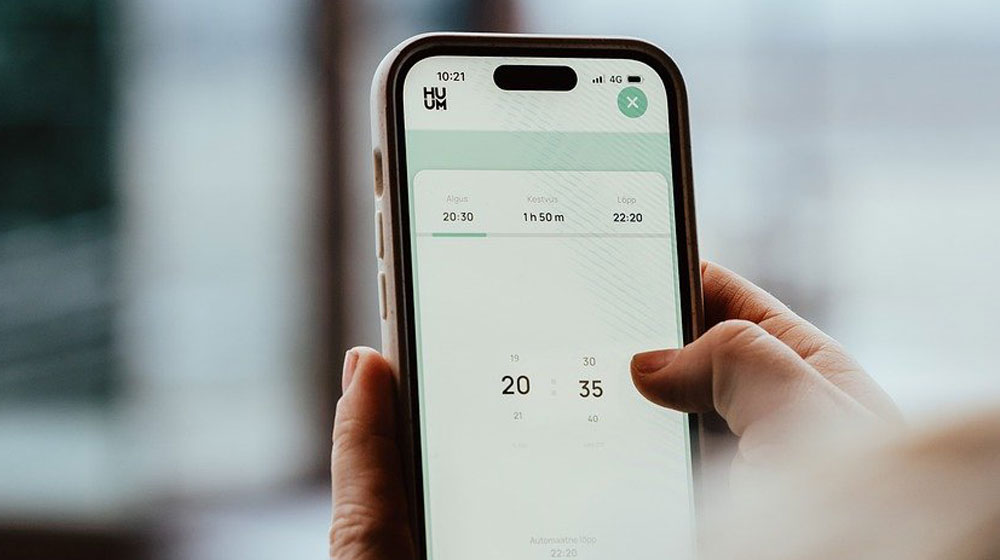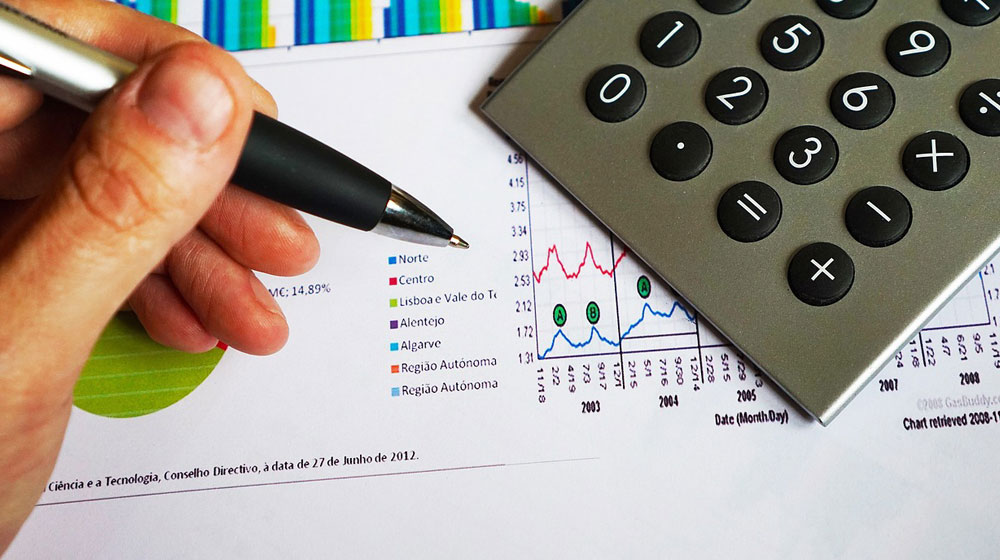Secure Your Future: Build Financial Stability with a Personal Line of Credit

In an unpredictable world, having a financial safety net is crucial. Life can throw unexpected expenses your way, from medical emergencies to sudden car repairs. A personal line of credit can provide a reliable cushion for these unforeseen events, offering flexibility and peace of mind. Here’s how you can use a personal line of credit to build financial security.
Understanding a Personal Line of Credit
A personal line of credit is a flexible borrowing option that allows you to access funds up to a predetermined limit. Unlike a loan, where you receive a lump sum of money and start repaying it immediately, a line of credit gives you the ability to borrow money as needed, pay it back, and borrow again. Interest is only charged on the amount you actually use, making it a versatile tool for managing your finances.
Benefits of a Personal Line of Credit
– Flexibility: A personal line of credit provides access to funds whenever you need them. This flexibility is particularly useful for covering unexpected expenses without having to apply for a new loan each time.
– Interest Savings: Since you only pay interest on the amount you use, a personal line of credit can be more cost-effective than other borrowing options, such as credit cards, which often have higher interest rates.
– Credit Score Improvement: Using a personal line of credit responsibly can help improve your credit score. By maintaining a low balance relative to your credit limit and making timely payments, you demonstrate good credit management to lenders.
– Emergency Preparedness: Having a personal line of credit available means you’re better prepared for emergencies. Instead of scrambling to find funds during a crisis, you can quickly access the money you need.
Steps to Establishing a Personal Line of Credit
– Evaluate Your Financial Situation: Before applying for a personal line of credit, assess your financial health. Check your credit score, review your income and expenses, and determine how much credit you need.
– Choose the Right Lender: Research different financial institutions to find a lender that offers favorable terms and conditions. Look for competitive interest rates, low fees, and flexible repayment options.
– Apply for the Line of Credit: Submit an application to your chosen lender. Be prepared to provide information about your income, employment, and financial history. A good credit score and a stable income can increase your chances of approval.
– Understand the Terms: Once approved, carefully review the terms of your personal line of credit. Understand the interest rate, repayment terms, and any fees associated with the account. Make sure you’re comfortable with the terms before proceeding.
– Access Funds Wisely: Use your personal line of credit judiciously. Only borrow what you need and avoid maxing out your credit limit. Keeping your balance low relative to your limit can help maintain a good credit score.
Using a Personal Line of Credit as a Safety Net
– Emergency Fund Supplement: While it’s important to have a dedicated emergency fund, a personal line of credit can supplement your savings. Use it to cover unexpected expenses that exceed your emergency fund.
– Home Repairs and Maintenance: Homeownership comes with unexpected costs, such as repairs and maintenance. A personal line of credit provides quick access to funds for urgent home-related expenses.
– Medical Emergencies: Medical bills can be substantial and often arrive unexpectedly. A personal line of credit can help cover out-of-pocket expenses, ensuring you receive the necessary care without financial strain.
– Debt Consolidation: If you have high-interest debt, consider using a personal line of credit to consolidate your debt at a lower interest rate. This can simplify your payments and save you money on interest.
– Education and Career Advancement: Investing in education or career advancement opportunities can be expensive. A personal line of credit can provide the necessary funds for tuition, certifications, or professional development courses.
Tips for Managing a Personal Line of Credit
– Monitor Your Usage: Regularly check your balance and ensure you’re not overspending. Responsible use is key to maintaining financial stability.
– Make Timely Payments: Always make at least the minimum payment on time to avoid penalties and negative impacts on your credit score.
– Review Terms Periodically: Stay informed about any changes to your line of credit terms. Lenders may adjust interest rates or fees, so it’s important to stay updated.
– Avoid Using It for Non-Essential Purchases: Reserve your personal line of credit for emergencies and necessary expenses. Avoid using it for discretionary spending to maintain your financial safety net.
A personal line of credit can be a valuable tool for building financial security. By providing flexible access to funds, it serves as a reliable safety net for unexpected expenses and emergencies. With responsible use and careful management, a personal line of credit can enhance your financial stability and give you peace of mind in an uncertain world.







